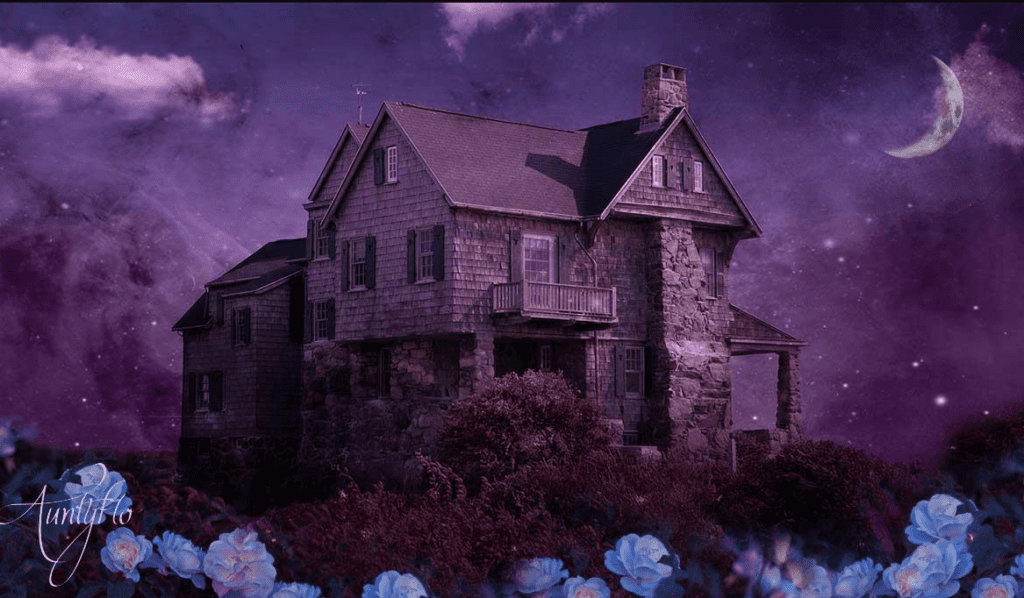Childhood Neighborhood Dreams: Understanding the Symbolism of Nostalgic Visits
Introduction
Have you ever found yourself wandering through the streets of your childhood neighborhood in your dreams? Nostalgic visits to familiar places often evoke a complex range of emotions, blending happiness with a hint of sadness. These dreams provide a unique window into our psyche, tapping into past experiences and shaping our identity. In this article, we’ll explore the symbolism behind childhood neighborhood dreams and why they matter in our adult lives.
What Are Childhood Neighborhood Dreams?
H2: A Definition
Childhood neighborhood dreams are those that feature familiar locations from your past, often your childhood neighborhood or community. These dreams may include specific streets, houses, parks, or even friends that shaped your early years. They serve as a mental archive of your upbringing, capturing the essence of who you are.
H2: The Impact of Childhood Experiences
Childhood experiences significantly influence our adult lives. Psychologists believe that memories from our formative years can shape our identity, values, and emotional responses. Dreams about these childhood neighborhoods may help us reconnect with our inner child and explore unresolved feelings or memories.
Why Do We Dream About Our Childhood Neighborhoods?
H3: Nostalgia and Emotional Healing
Dreams often function as a form of emotional processing. Re-visiting your childhood neighborhood in your dreams might signal a longing for simplicity or a time when life felt more carefree. This nostalgia can be the mind’s way of coping with present-day stressors, allowing you to find solace in memories of a time when worries felt far away.
H3: Reflection and Self-Discovery
The journey to our childhood neighborhoods in dreams can offer valuable insights into who we are today. Such dreams can encourage self-reflection and remind us of the lessons learned and friendships formed during those crucial years. Are there unresolved issues or experiences in your past that you need to confront?
H3: Symbolism of Specific Places
H4: Homes and Houses
When dreams feature your childhood home, it often symbolizes safety and security. The state of the house (well-kept, dilapidated, etc.) can provide clues about your current emotional state. A well-maintained home might suggest a sense of stability in your life, while a crumbling house could indicate feelings of insecurity or unresolved issues.
H4: Parks and Playgrounds
Parks and playgrounds represent joy, freedom, and playfulness. Dreaming of these spaces can signify a desire to reconnect with your carefree self. It may also suggest a need to prioritize leisure and recreational activities in your adult life.
H4: Friends and Family
Dreams that include friends and family from your childhood often reflect your current relationships. They may prompt you to evaluate your connections and consider whether you’re nurturing the bonds that truly matter.
Common Childhood Neighborhood Dream Scenarios
H2: Recurring Themes
Many people experience specific themes in their childhood neighborhood dreams. Some common scenarios include:
H3: Getting Lost
Dreaming of getting lost in your childhood neighborhood can represent feelings of confusion or a lack of direction in your current life. It may be time to navigate new paths or rediscover your purpose.
H3: Revisiting Abandoned Places
Revisiting abandoned or neglected locations in your dreams suggests that there are parts of yourself that need attention. It may indicate feelings of nostalgia for aspects of your life you may have overlooked or neglected.
H3: Reuniting with Old Friends
Dreams of reuniting with childhood friends can signal a desire for connection, camaraderie, or support during challenging times. These encounters remind us of the importance of lasting relationships in achieving emotional well-being.
How to Harness Childhood Neighborhood Dreams for Personal Growth
H2: Keeping a Dream Journal
One effective way to gain insights from your dreams is through a dream journal. Write down every detail you can remember upon waking, including emotions and themes. This practice can help you observe patterns and encourage self-reflection.
H2: Mindfulness and Meditation
Incorporating mindfulness and meditation into your daily routine can enhance your dream experiences. These practices allow you to connect with your inner self, fostering emotional healing and self-discovery.
H2: Talking it Out
Sharing your childhood neighborhood dreams with trusted friends or a therapist can illuminate deeper meanings and emotions. Open dialogue can facilitate healing and provide clarity about your feelings and experiences.
Conclusion
Childhood neighborhood dreams hold a treasure trove of insights into our identities, emotions, and past experiences. These dreams remind us of who we are and where we come from, serving as a guide to personal growth and self-discovery. By understanding the symbolism behind these nostalgic visits, we can embrace our past while forging a brighter future. Don’t ignore the messages from your subconscious—take the time to explore your childhood dreams, and you may unlock profound truths about your emotional state and personal journey. So the next time you find yourself meandering through the streets of your youth, pay attention. Your dreams may be telling you more than you think.

1 thought on “Childhood Neighborhood Dreams: Understanding the Symbolism of Nostalgic Visits”